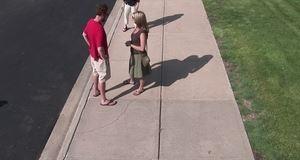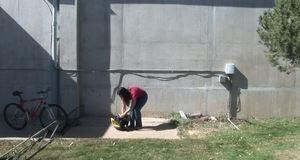VQiPS: Motion
Guide to Defining Video Quality Requirements
Select:
| Getting Started | Use Cases | Use Classes | GUC Aspects | Usage Timeframe | Discrimination Level | Target Size | Motion | Lighting Level | GUC Questionnaire |

Motion
Definition
Specifies the level of motion you anticipate in a scene of interest.
Motion can come from the target (e.g., a car driving by), the background (e.g., a large crowd), or from the camera itself moving (e.g., a dash-mounted camera in a police car). Motion affects the length of time a desired target is shown in the video frame, and can cause the target to blur. High motion can be caused by either many moving objects within the scene or a single object moving quickly.
Scene Content
Consider: What level of motion do you anticipate in a scene of interest?
| Scene Motion | Content |
|---|---|
| High | A high-complexity video contains a lot of motion or edges |
| Low | A low-complexity video contains little motion or few edges |



